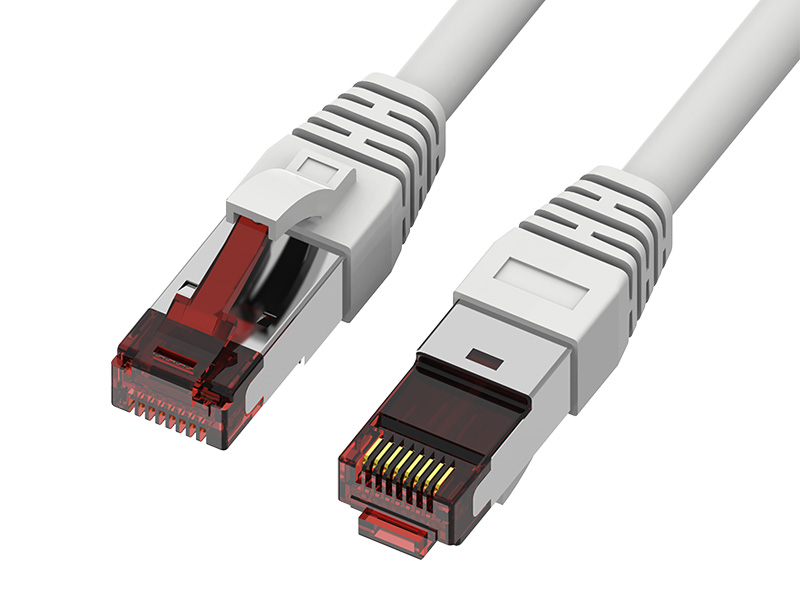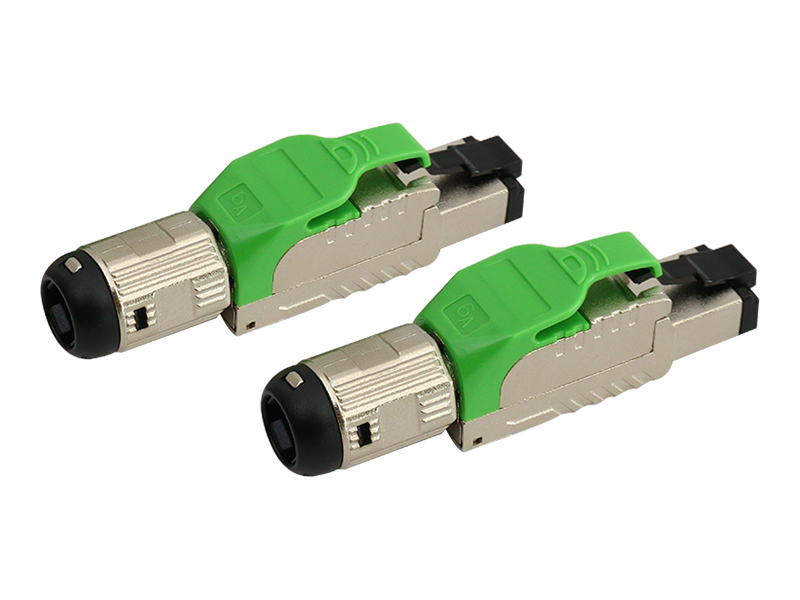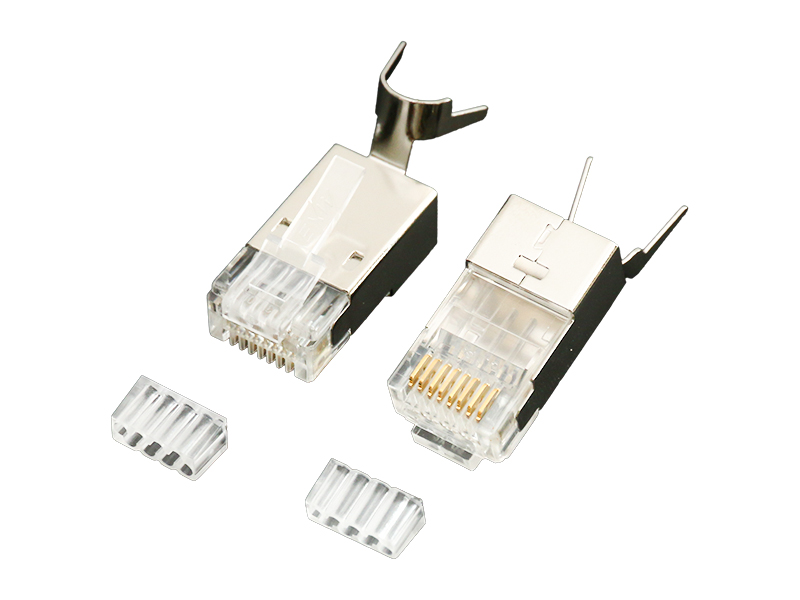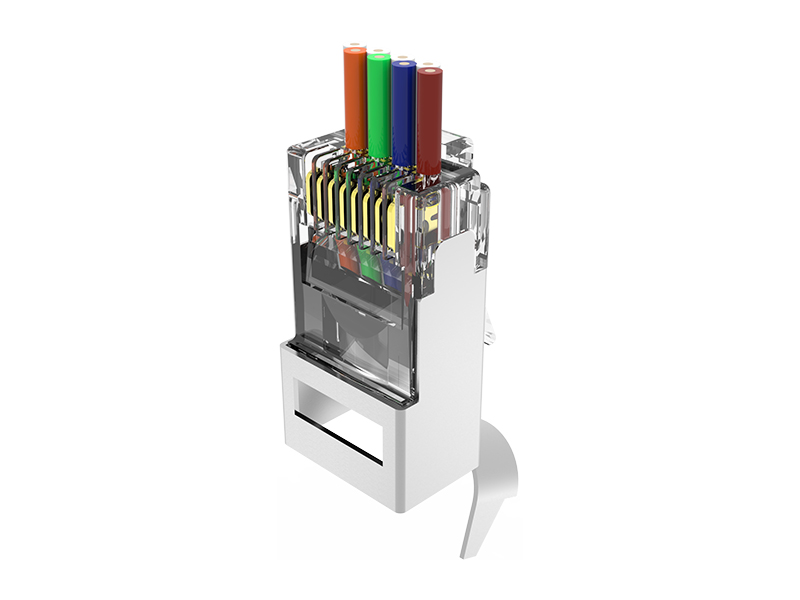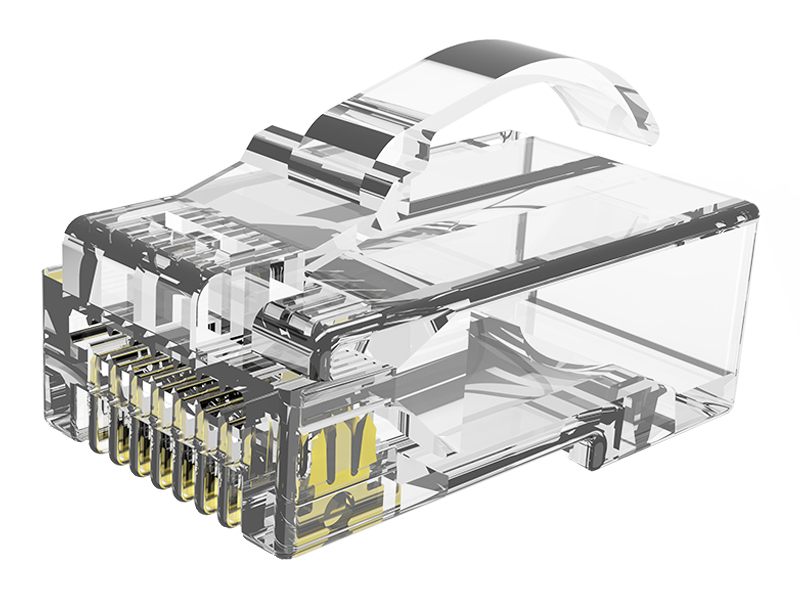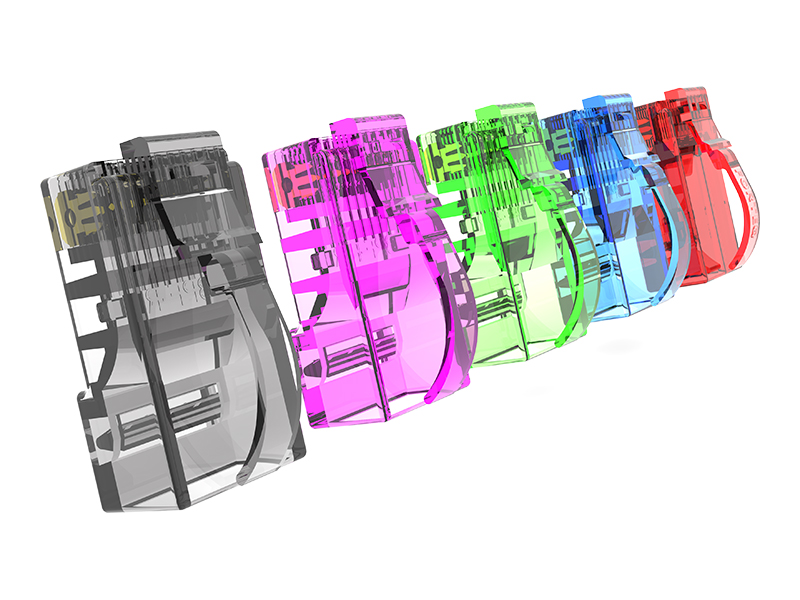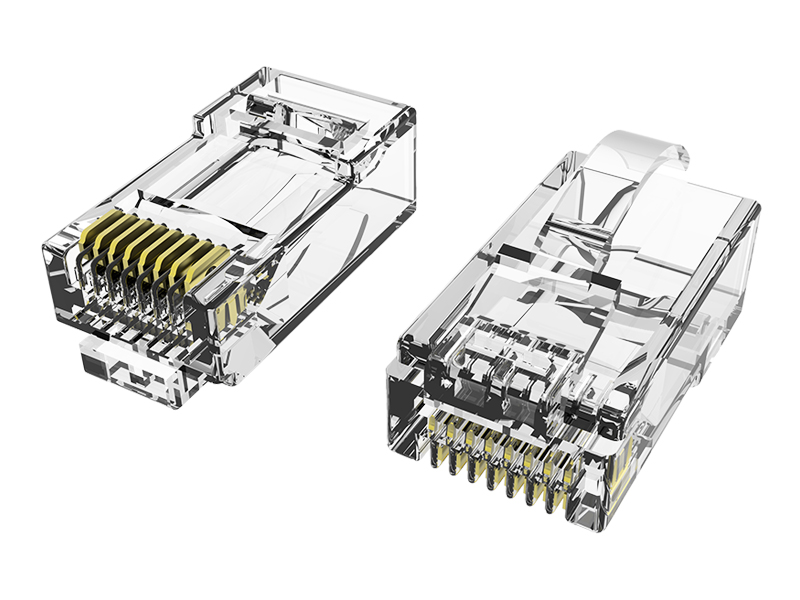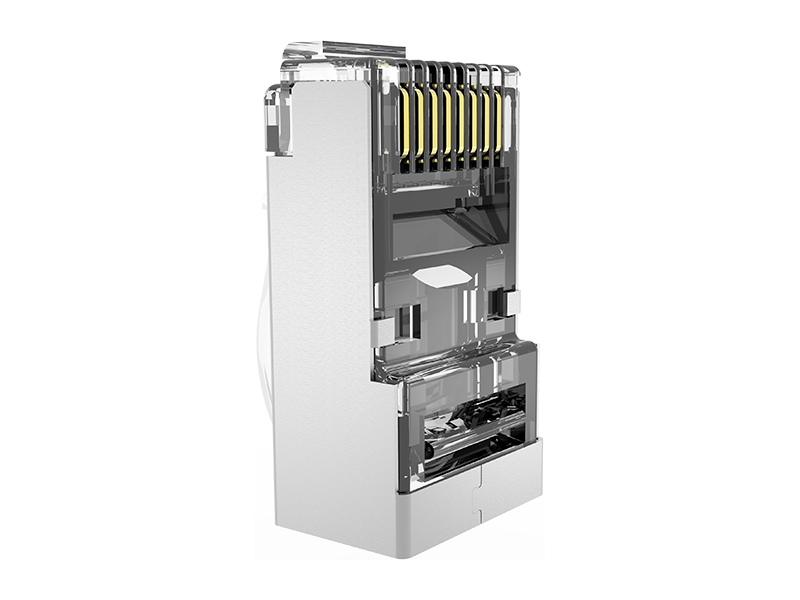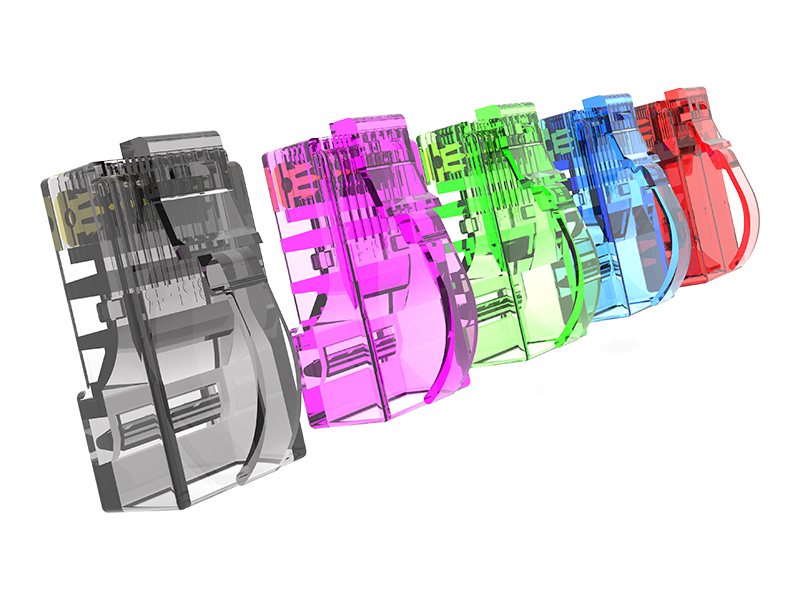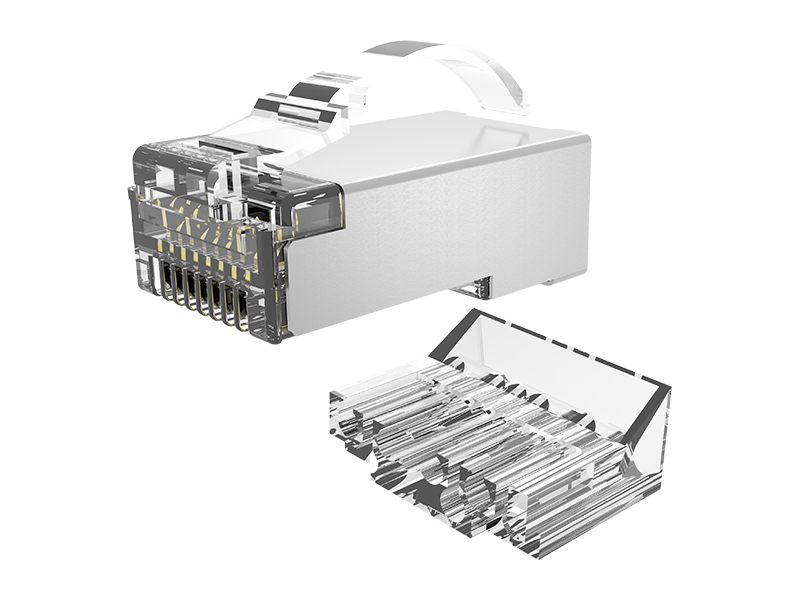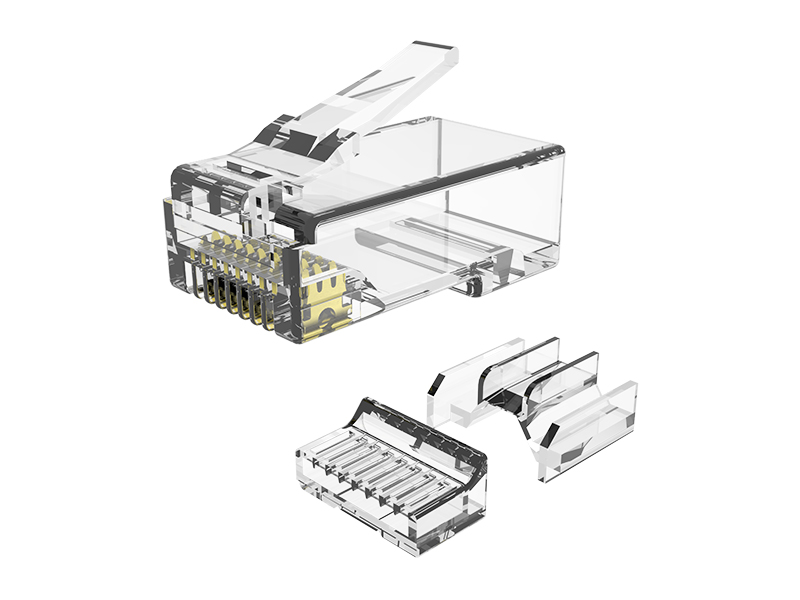When choosing a strain relief or plug boot, it's important to consider several factors to ensure it suits your specific needs. Here are some key considerations to keep in mind:
1. Cable Compatibility: The strain relief or plug boot should be compatible with the cable you are using. Consider the cable diameter, shape, and type (such as round, flat, or multi-conductor). Check the specifications provided by the manufacturer to ensure the strain relief or boot is designed to fit your cable securely.
2. Environmental Conditions: Evaluate the environmental conditions in which the strain relief or plug boot will be used. Factors like temperature extremes, exposure to moisture, chemicals, or UV radiation can impact the performance and durability of the material. Choose a strain relief or boot made from materials that can withstand the intended environmental conditions.
3. Flexibility and Range of Motion: Consider the flexibility and range of motion required for your application. If the cable needs to bend or move frequently, choose a strain relief or boot that offers sufficient flexibility without compromising the cable's integrity. Additionally, ensure that the strain relief or boot allows for the desired range of motion without causing excessive stress on the cable.
4. Strain Relief Effectiveness: The primary function of a strain relief or boot is to protect the cable from excessive bending, pulling, or twisting, reducing the risk of damage or disconnection. Look for designs that provide effective strain relief and distribute the stress evenly along the cable, minimizing the strain on the termination point.
5. Size and Shape: Consider the available space and the specific application requirements when selecting a strain relief or plug boot. Ensure that the size and shape of the chosen product fit within the constraints of your application without obstructing adjacent components or causing cable routing issues.
6. Easy Installation: Check if the strain relief or boot is easy to install or attach to the cable. Some designs may require specific tools or techniques, while others may feature a user-friendly design for quick and straightforward installation. Consider the ease of installation to save time and effort during assembly or maintenance.
7. Electrical and Mechanical Compatibility: Depending on your application, ensure that the strain relief or boot is compatible with the electrical and mechanical requirements. For example, if the cable is used for high-voltage applications, verify that the chosen strain relief or boot can handle the voltage levels and has appropriate insulation properties.
8. Quality and Reliability: Choose a strain relief or plug boot from reputable manufacturers known for producing high-quality products. Read reviews, check certifications, and consider the manufacturer's track record to ensure reliability and longevity of the chosen product.
By carefully considering these factors, you can select a strain relief or plug boot that meets your specific requirements, ensuring proper cable management, protection, and longevity for your application.



 中文简体
中文简体 English
English Français
Français Deutsch
Deutsch عربى
عربى

